There are many variations on how to make cheese bread, but this South American version is my absolute favorite!
My mom was born and raised in Bolivia, so I thought it was about time to include one of my two favorite recipes of hers on my blog! These cheesy gems and salteñas will always have a special place in my heart (I’ll be sure to try making the salteñas soon!). Some family favorites from my father’s side include my Grandma June’s Super Easy Recipe for Bierocks, her famous Cheesy Potatoes (aka Funeral Potatoes), and this Homestyle Chicken Meatloaf.
WATCH ME MAKE THEM ON THE GRAM!
INGREDIENTS FOR THIS RECIPE:
Any type of melty cheese will work well in this recipe. While traditional canapés are usually made with white cheeses, you could also swap-in an orange cheddar if you prefer its flavor. Here’s exactly what I used:
- Tapioca Starch / Flour
- Mozzarella
- Cojita Cheese
- Baking Powder
- Salt
- Butter
- Eggs
- Milk
- Water
In Bolivia these are primarily eaten at breakfast as a grab-n-go type of snack to go with your coffee. However, I enjoy these at any meal. My oldest son usually eats two or three with dinner.
WHAT DO THESE TASTE BEST WITH?
- Dunk them into smooth, velvety Tomato Basil Soup.
- Serve them alongside a main meal like this Salisbury Steak Smothered in Homemade Mushroom Gravy.
- Dip them in my Scratch-Made Queso for an extra cheesy treat.
- Eat them plain or serve with your favorite sauce! I like this Parsley & Cilantro Chimichurri, but tomato sauce is good, too.
FLAVOR VARIATIONS:
Although this isn’t traditional, sometimes I like to mix up the flavors. Things I’ve tried include minced garlic, chopped jalapeños, and crushed Calabrian peppers. I’ve also thought about adding Italian seasoning, sesame seeds, onion powder, or make it fusion with Korean chili flakes. Do you have any other ideas? Let me know in the comments!
A FEW TIDBITS ON THIS CHEESE BREAD:
NAMES BY REGION: Different regions in South America have their own names for this type of cheese bread. While the cooking method and cheeses will slightly differ, the end results taste very similar.
Argentina: Chipas
Bolivia: Canapés
Brazil: Pão de Queijo
Columbia: Pan de Queso
TAPIOCA STARCH: This type of flour is much different than any other. So to stop you in your tracks, no, you cannot substitute it with all-purpose flour. This unique starch creates light and fluffy baked goods with a spongy texture. You can also use it as a thickener for sous and stews. It’s odorless and tasteless, so it will take on the flavors of whatever else is in the recipe. In this case, cheese! Tapioca starch derives from the cassava root and is naturally gluten free.
CHEESE: You’ll find a lot of recipes that use “farmer’s cheese”. However, since that’s not always at every store… I opt for a block of low moisture mozzarella (Oh, and I highly recommend that you shred your own cheese. No pre-shredded here!). I also like to use crumbled cojita, which you’ll usually find in the cheese section next to the queso fresco. If you can’t find it, you can substitute with grated parmesan.
OTHER RECIPES YOU MIGHT ENJOY:
Foolproof Homemade Garlic Bread
Super Fluffy Homemade Pretzel Bites
Piadine (Italian Flatbread) with Creamy Italian Salad
Cranberry, Feta, Goat Cheese, and Pistachio Croissants
VIEW ALL MY BLOG RECIPES HERE!
- 2.5 cups Tapioca Starch / Flour
- 3 cups Shredded Mozzarella
- 1 cup Crumbled Cojita Cheese
- 1 tsp. Baking Powder
- 1 tsp. Salt
- 1 stick of Butter, melted and cooled
- 2 Eggs
- ½ cup Milk
- ¼ cup Water* (see directions)
- Mix together the tapioca flour, mozzarella, cojita, baking powder, and salt in a large bowl.
- Whisk the eggs together. Add to the bowl with milk and water. Mix together until a dough forms. Add more water, 1 tablespoon at a time, if needed.
- Roll the dough into 30 balls and place them on a sheet pan. Try to keep them roughly the same size. Place them in the refrigerater for at least 30 minutes.
- Preheat oven to 400F. Bake for 10 - 15 minutes, or until brown specks form on top (that's the cheese!). Enjoy immediately; careful, they'll be hot!
NOTES ON THIS RECIPE:
- What’s the difference between cojita and queso fresco? They’re both Mexican cheeses, but cojita is a dry crumbly cheese while queso fresco is more of a moist crumbly cheese. Cojita is also a little saltier, more similar to parmesan. You can certainly use queso fresco in this recipe if you’d like… I personally just prefer the cojita.
- BAKED leftovers should be fully cooled before storing in a sealable bag or container in the refrigerator. Enjoy within the next 2 -3 days. To reheat, simply microwave for 30-ish seconds or bake at 300F for 10 minutes (or until warm).
- UNBAKED rolls can be frozen to bake later. Simply place them on a wax paper lined baking sheet and place them in the freezer. Once frozen, transfer to a sealable bag and then bake when desired. To bake from frozen, preheat the oven to 400F. Place on a baking sheet and bake until golden on top, about 15 – 20 minutes.

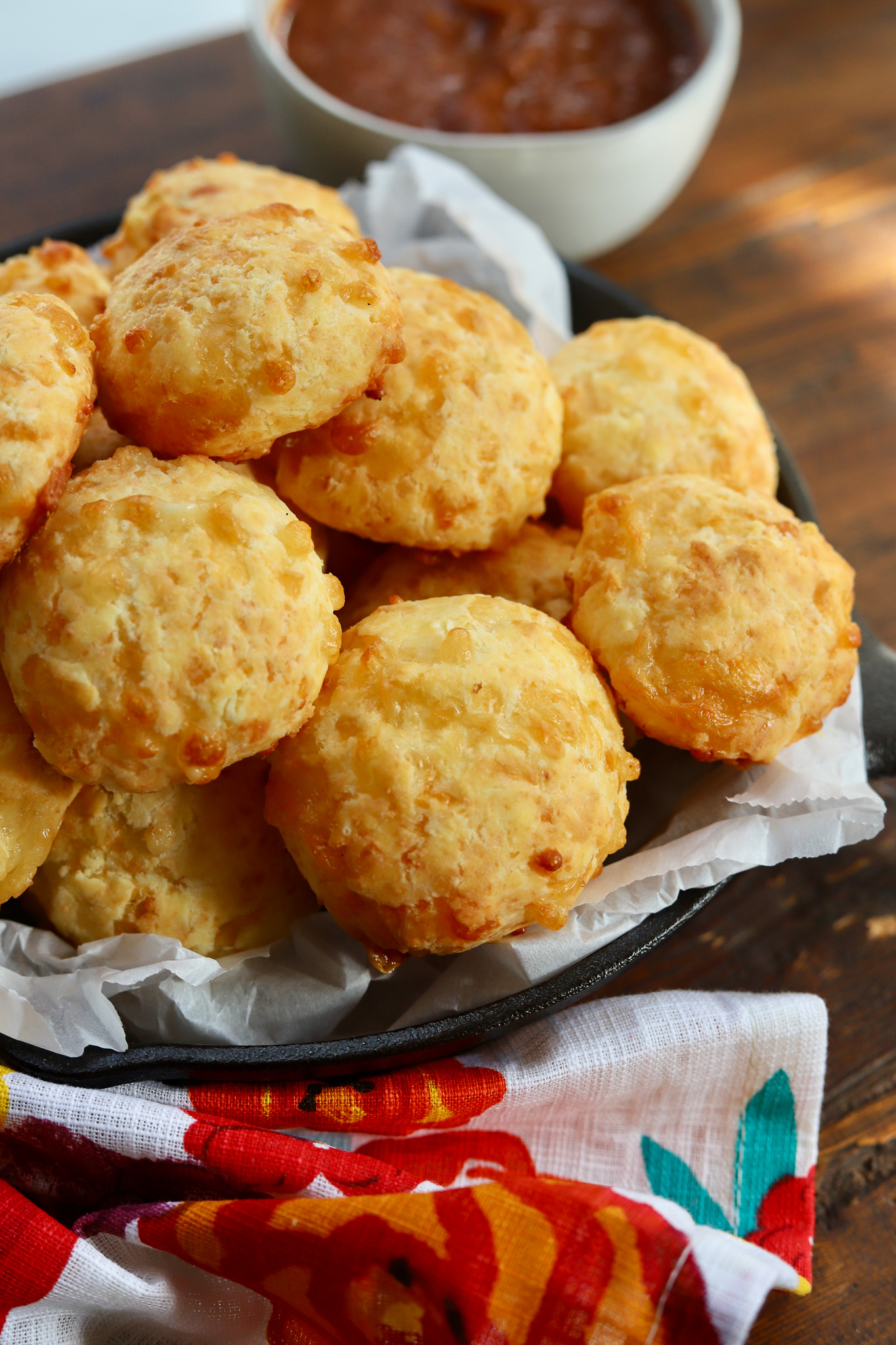



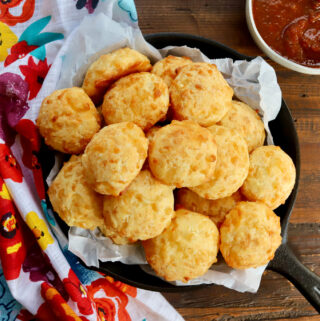
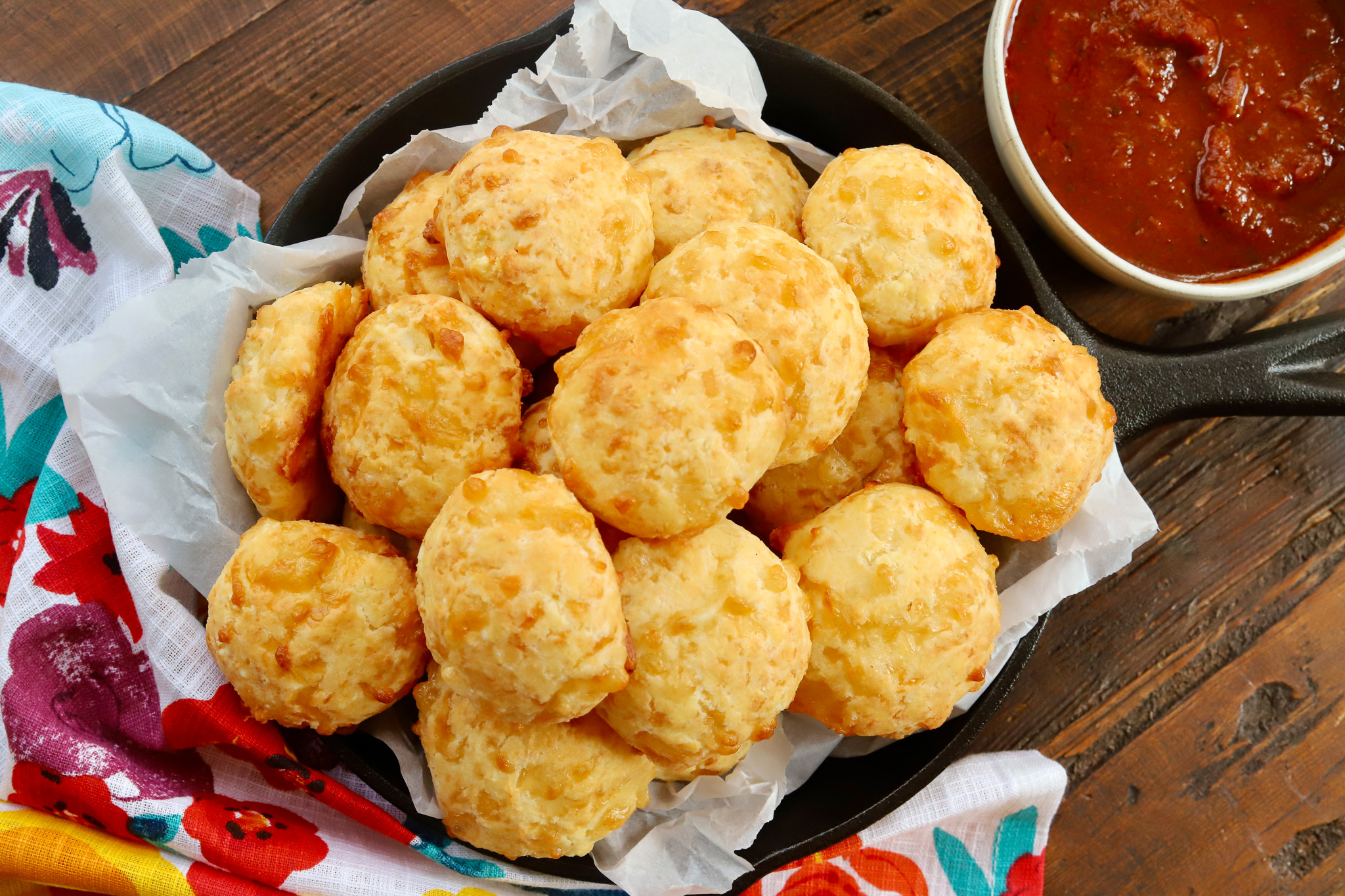
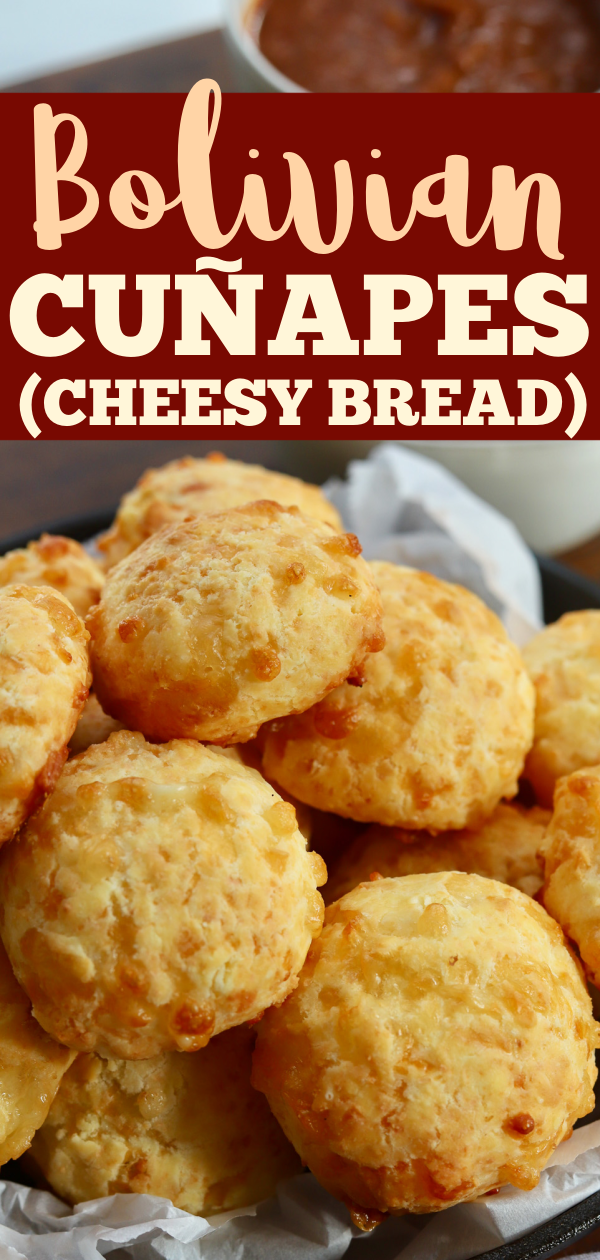





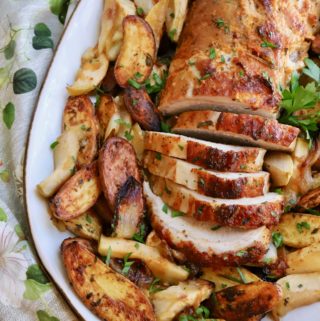
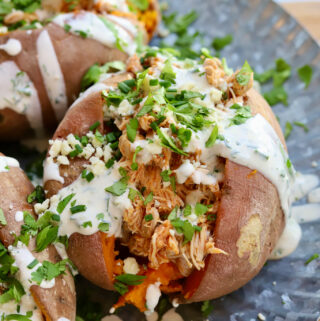


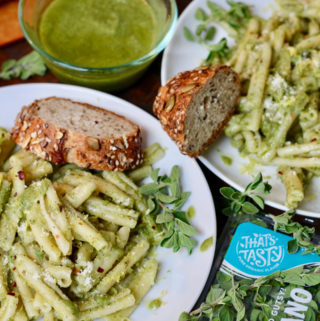
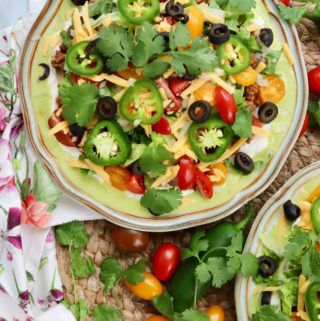
Leave a Reply